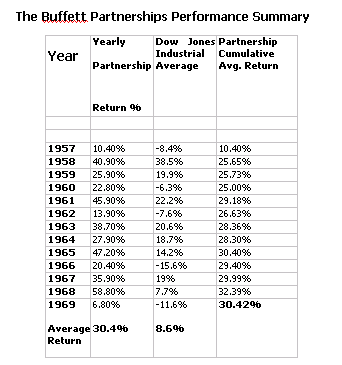

“Be fearful when the world is greedy and be greedy when the world is fearful.”
– Warren E. Buffett
Warren Buffett’s career in value investing began around 1950 when he read Ben Graham’s Security Analysis and The Intelligent Investor. After getting turned down by Harvard, Buffett decided to go to Columbia University for a Master of Economics degree. A big part of the Columbia choice was because Graham was on the Columbia Business School Faculty.
Buffett was Graham’s best student and absorbed everything he could from the master and expressed an interest in working at Graham-Neumann Partnerships under Ben Graham. Ben turned him down explaining that Jews were discriminated against on Wall Street and he wanted to try to help his fellow Jews by giving them the few jobs available at Graham-Neumann. Buffett was very disappointed. He returned to Omaha and became a stock broker – something he never enjoyed. A couple of years later Graham called and told him there was an opening. Buffett immediately went to New York with his family without asking Ben anything about salary or compensation. He worked at Graham-Neumann for 2 years and, when Ben decided to wind down the partnership, he returned to Omaha and started his first Buffett Partnership in 1956.
He ran the Buffett Partnerships from 1956-1969. The partnerships started with eight investors putting in a total of $105,000 and Buffett investing $100. The fee structure of the partnership was typically no fee until a 6% return. Buffett got ¼ and investors got ¾ of the annual returns above 6%. Buffett reinvested all his fees back into the partnership.

1956
By the end of 1956, Buffett had five small partnerships running with $500,000 invested in all of them combined. Buffett had a liquid net worth of $140,000 in 1956. He put $100 of this into his first partnership. As a goal Buffett set about trying to beat the DJIA by an average of 10% a year.
1962
By the end of 1962 he had $7.2 Million under management. Of this $1 Million was Buffett’s money. He had 90 investors at this time – up from the original 7. He merged all the individual partnerships into one in 1962 and moved out of his home into Kiewit Plaza – the location that today serves as Berkshire Hathaway headquarters. Warren made his first investment in Berkshire Hathaway in 1962 at $7.60 per share. At the time Berkshire was 100% in textile manufacturing – men’s suit liners to be precise.
1966
By the mid-sixties, Buffett was finding it increasingly difficult to find value in the markets. In early 1966, he closed the partnership to new partners.
1967
Buffett informed his partners that some of the new mutual funds had better results than his. He also told them that his stream of new ideas was down to a trickle. His perspectives were diametrically opposed to Wall Street’s. The markets were climbing; there was lots of optimism and euphoria in the air. In 1966 and 1967, Buffett bought his first private businesses for the partnership. He bought 100% of two retailers for a total of $15 Million. Towards the end of 1967, the partnership had $65 Million in assets.
1968
Assets under management increased by 59% to $104 Million. He beat the Dow by over 50%. 1968 turned out to be Buffett’s best year. He was, however, finding it very very difficult to find great investment ideas in the overheated bull market. Buffett had amassed $25 Million for himself over the preceding 13 years.
1969
In May 1969, Buffett stunned his partners with the news that he was liquidating the Buffett Partnership. He offered two suggestions to his limited partners regarding how they might invest the proceeds. Buffett gave them the name of the Sequoia Fund (www.sequoiafund.com), which was being setup by his former classmate Bill Ruane. The partnership liquidated all but two of its investments: Berkshire Hathaway and Diversified Retailing. Thus, each partner could take their proportional stake in stock of these two entities or opt to cash out. Buffett would take the stock. At the time, Buffett encouraged his limited partners to take stock with the following statement:
“I think both securities should be very decent long-term holdings and I am happy to have a substantial portion of my net worth invested in them.”
Thus ended the era of the Buffett Partnerships and began the era of Berkshire Hathaway.